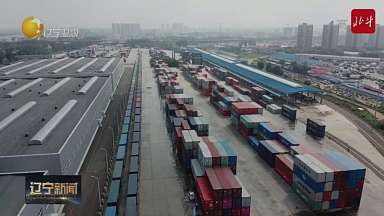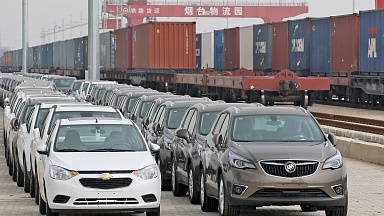The disruption has put supply chain risk in the spotlight, reinforcing concerns raised by earlier cataclysmic events, like severe flooding in Japan and Thailand.
Among voices extolling the need for more resilience — even at the cost of higher spend on production — has been the Council of Supply Chain Management Professionals (CSCMP).
The organisation’s State of Logistics report in June said: «The pendulum that once swung toward ultra-efficient, single-source, just-in-time and heavily cost-focused supply chains will swing back in favour of flexibility and reserve capacity to cope with uncertainty and risk.»
Some manufacturers appear to have taken this thinking to heart.
A report last month, Accelerating Trends: Assessing the Supply Chain in a Post-pandemic World by law firm Foley & Lardner, found that nearly three-quarters of manufacturers were envisaging a change of direction that lowers the emphasis on low cost and lean inventory. Of some 150 respondents, 70% said they expected such a shift and 62% signalled that the focus on JIT models would also be on the wane.
However, logistics professionals hear a somewhat different tune from their clients. Bob Imbriani, senior VP international at forwarder Team Worldwide, reported that his company had not had a lot of discussions with importers or exporters on rejigging supply chains, or changing routings to bolster resilience.
For the most part, he says, Team’s customers have their hands full with the day-to-day management of their traffic, adding: «Shippers are very much focused on the here and now, on the immediate movement of cargo.»
And Albert Saphir, principal of ABS Consulting, has not encountered much desire among his clients to discuss how to make their supply chains more resilient. Nor does he see the focus on cost being superseded by heightened attention to supply chain risk. Nevertheless, both he and Mr Imbriani expect to see some movement in the near future.
«I don’t see a real sense of urgency today, but some companies are looking ahead,» said Mr Imbriani. «Everyone realises that supply chain reliability is extremely important.»
Diversification of suppliers and sourcing locations, which is central to this trend, has already been going on, notably in the geographical arena with the migration of production out of China. Electronics manufacturers have been doing this to a degree, but the momentum should pick up as companies look to do more of this, Mr Saphir said.
Among those clients that are looking ahead, Team has registered growing interest in near-shoring. The US and Canada figure in some of these considerations, but Mexico and Central America appear to be getting a lot of traction.
«There has been a shift to Central American countries, for example, Costa Rica. Companies have started moving operations there,» Mr Imbriani reported.
These deliberations are not only fuelled by concerns over supply chain vulnerability. US trade policies and the rising cost of sourcing from China have also been factors, according to Mr Imbriani.
Still, the worries about supply chains are mounting — not only in terms of disruptive events, but also in broader terms of securing sufficient capacity.
«There is a continued concern,» Mr Imbriani noted. The rebound in airline passenger numbers has been less robust than anticipated, so the lack of bellyhold capacity stands to last for some time to come, and «people are concerned about that», he said.
Moreover, rapid growth in e-commerce threatens to absorb a large chunk of available airfreight capacity, raising further questions for shippers on whether there will be sufficient lift available for them — and at what prices, he added.
The last point has some bearing on the balancing act between cost and supply chain resilience. Mr Imbriani pointed out that the initial cost advantage of offshore production in China had already eroded to some extent. Rising transport costs can go some way further to levelling the gap with the production costs of near-shoring.
«There may not be such a big difference in a shift,» he said. "It really comes down to total landed cost. Some costs have gone up 20%, 30%, 40% in the past few years.





